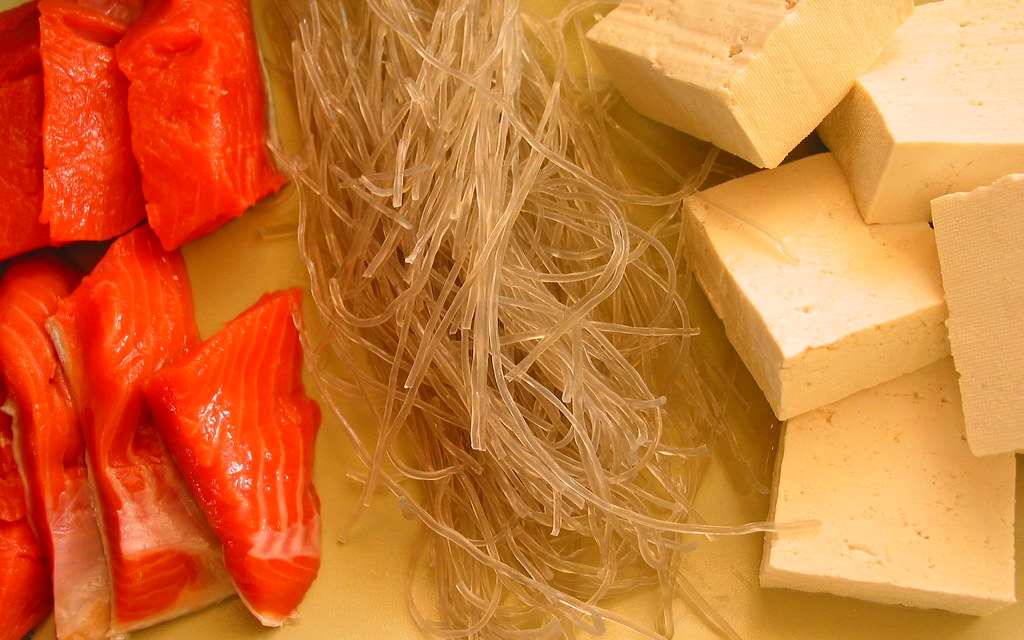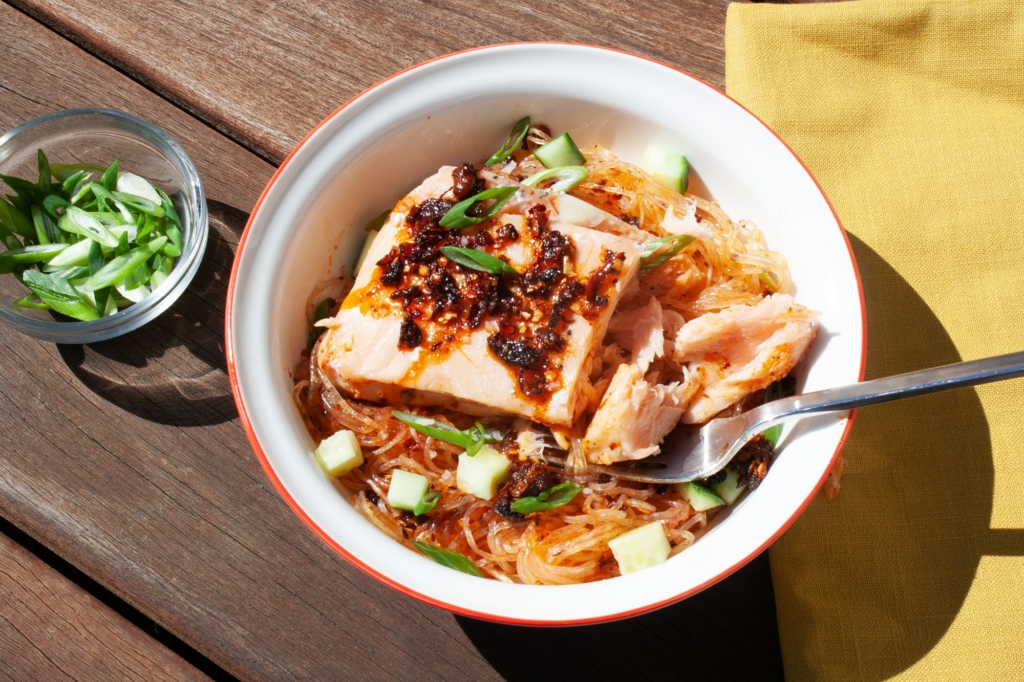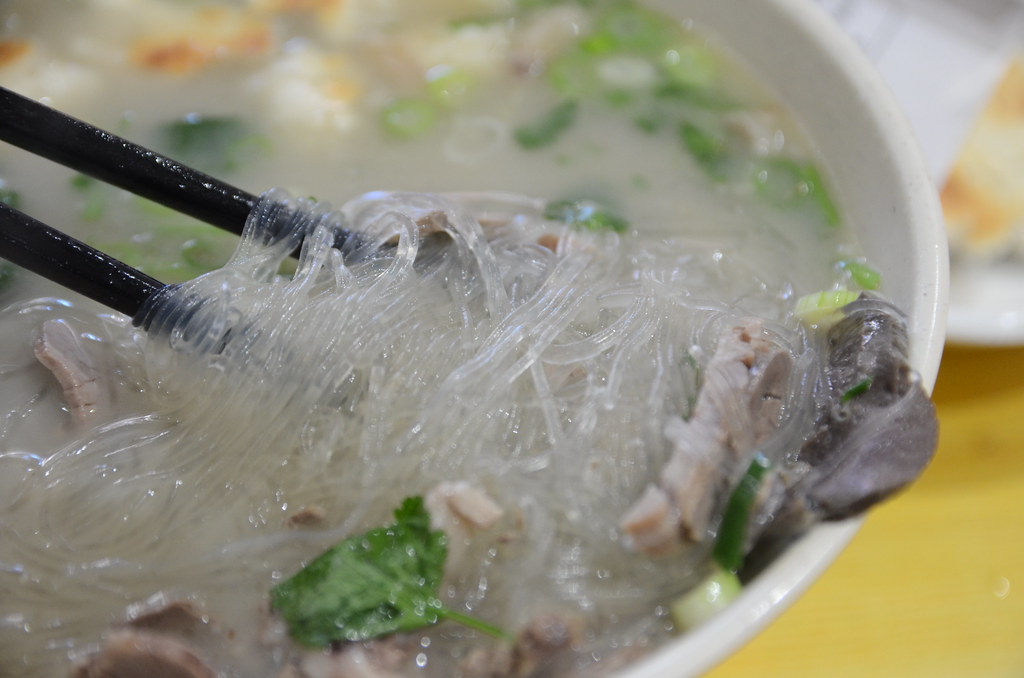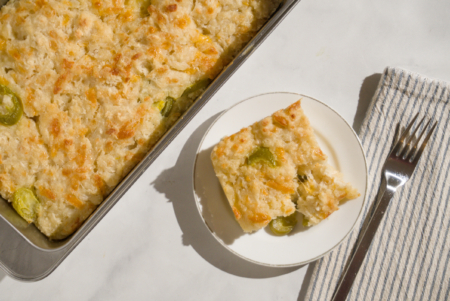In the wide world of noodles, harusame is quite versatile in its applications, which vary from soups to stir-frys to salads and even desserts.
What are Harusame Noodles?
Harusame are thin transparent noodles prepared from starch obtained from mung beans, potatoes, tapioca, yams, or a combination of all four. Since they don’t contain gluten, harusame noodles can be safely consumed by gluten-intolerant individuals. Their Japanese name, harusame, means “spring rain”, but they are often called cellophane noodles because of their transparency.
Harusame noodles are sold under many names depending on the origin country, such as glass noodles, mung bean noodles, bean thread noodles, powdered silk noodles, sohoon, bai fun, fen si, bun tao, and tung boon. Harusame are sold in dried form, and in multiple shapes like thin strands, squares, and sheets, however, the hair-like thin strands are the most popular variety.

What do Harusame Noodles taste like?
Harusame noodles are flavorless which makes for a perfect base in a number of dishes. Their texture is chewy and soft, however, cooking times also impact their texture.
How to Cook with Harusame?
Harusame are versatile noodles that can be boiled, stewed, deep-fried, stir-fried, wrapped inside dumplings and spring rolls, or tossed into hot pots. Harusame salad is a popular Japanese dish that is prepared by coating boiled harusame in a tangy-umami dressing along with some vegetables like cucumbers and carrots.

Soups are the first choice for using harusame as it gives them enough time to soak up the flavors of the broth. Interestingly, for a decade now, the famous Shark fin soup has also been using glass noodles, mushrooms, and seaweeds as an eco-friendly alternative to shark fins. Not to mention, our recipes for Mizutaki, Chicken Noodle Soup, and Salmon with Chile Crisp can perfectly benefit from harusame. Or perhaps, make Dan Dan Noodles using harusame as ground pork pairs quite well with it.
You can also garnish deep-fried harusame over Khao Soi for a hearty crunch. Or soak them in water until tender if you plan to use harusame as a filling for dumplings or spring rolls. Harusame noodles are also used in Indian milk-based desserts like falooda or rabri.

Feature Image: Flickr user avlxyz ( CC BY-NC 2.0 )



